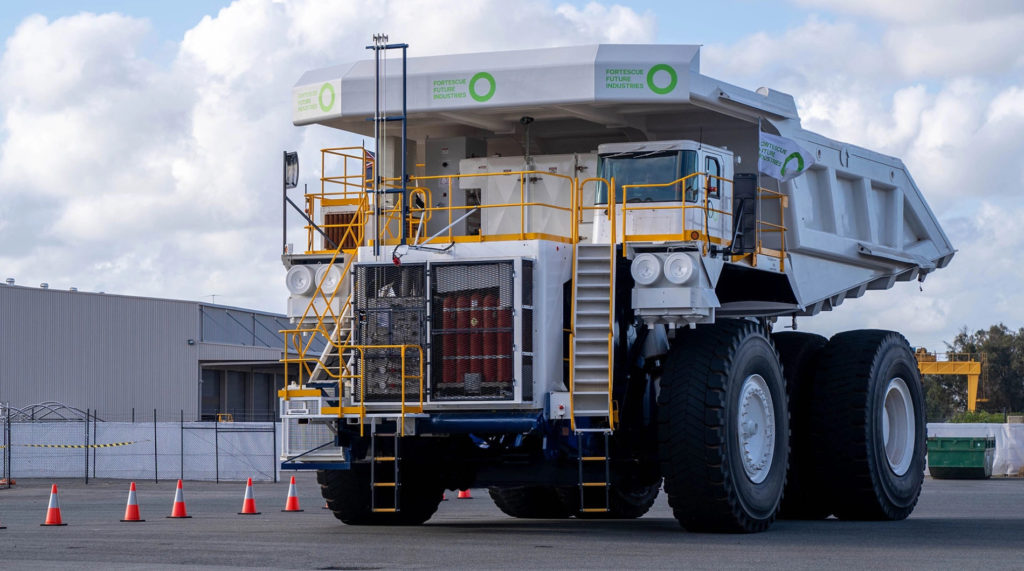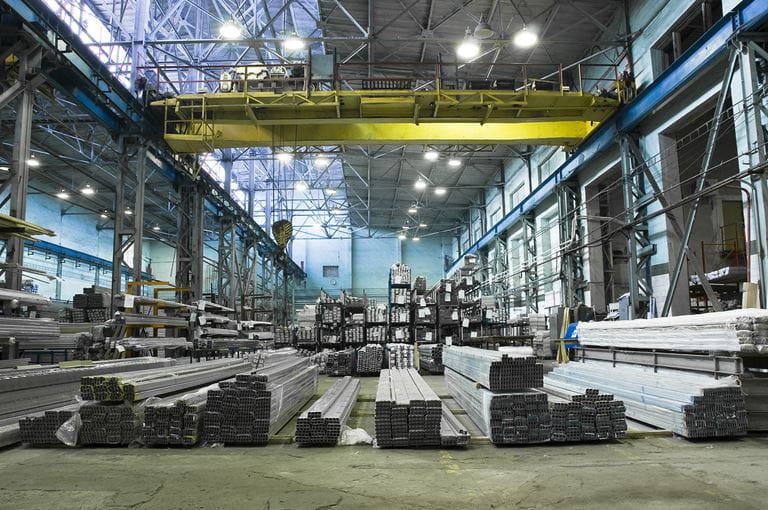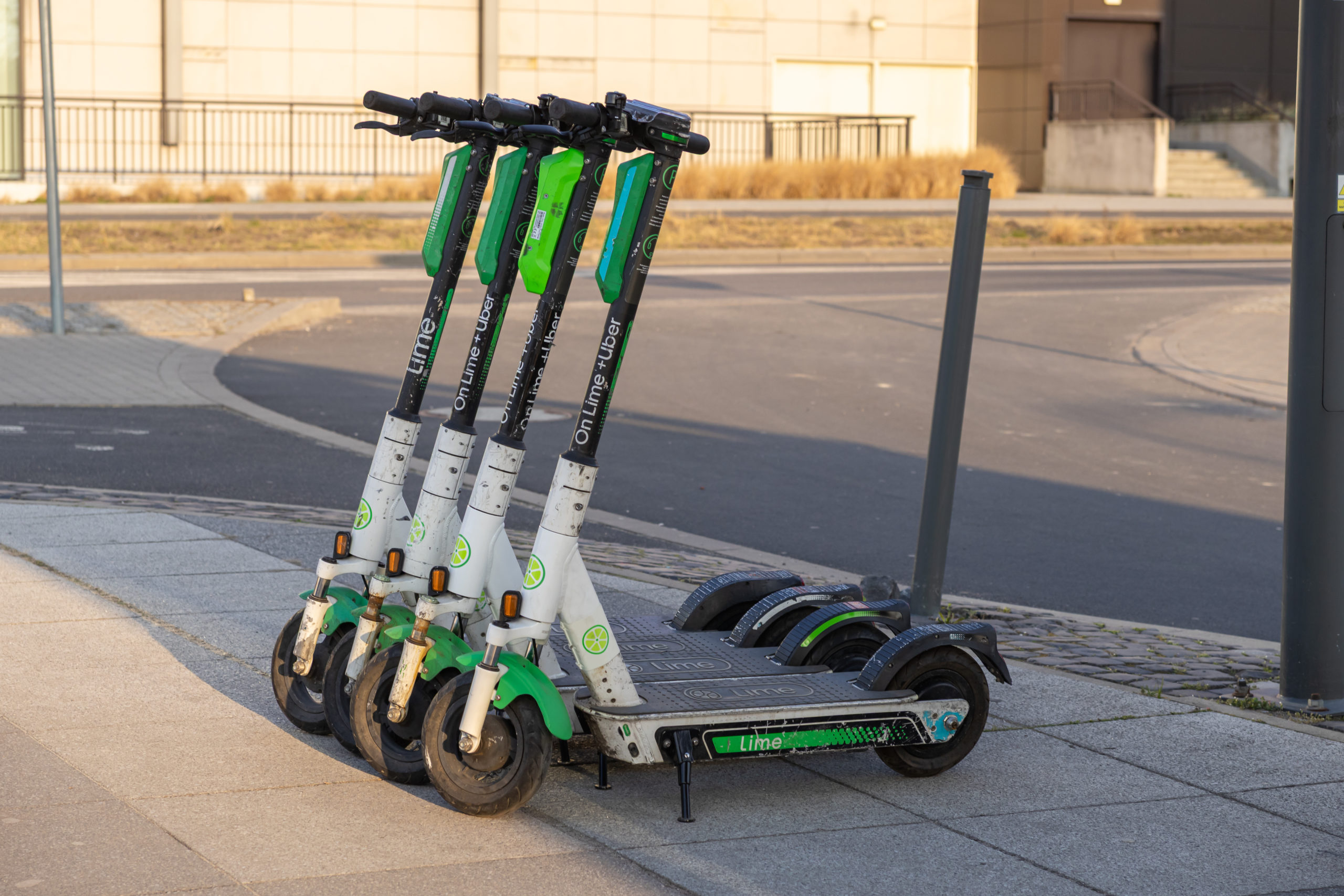Fortescue, Liebherr secure orders for 100 electric mining trucks

Australian miner Fortescue and German-Swiss equipment manufacturer Liebherr have secured orders for 100 autonomous battery-powered mining trucks for other mining and transport companies, Fortescue executive chairman Andrew Forrest told Reuters.
The trucks were developed as part of Forrest’s plan to cut Fortescue’s direct and indirect carbon emissions to zero by 2030. Fortescue is the world’s fourth-largest iron ore miner.
Fortescue and Liebherr have received expressions of interest for hundreds more of the electric version of the T 264 truck that they developed together, Forrest told Reuters in an interview in New York.
The 240-tonne capacity trucks are more expensive than the roughly $5 million price tag for large diesel mining trucks. Fortescue and Liebherr, which teamed up in 2022 to develop the trucks, have not detailed the price of the electric version.
The two companies signed a $2.8 billion partnership on Wednesday to supply 360 of the trucks to Fortescue, three times as many as the 120 planned under the initial partnership. They would also supply 55 electric excavators and 60 battery-powered dozers. The vehicles they have developed would be made available for other firms, the companies said on Wednesday.
Fortescue builds the drive trains and batteries, which it developed, while Liebherr provides the truck, Forrest said.
“They are more reliable and more productive than diesel trucks,” he said.
“That’s our holy grail, that we can take on the fossil fuel trucks with our first edition. That’s not a bad outcome. Immediately competitive.”
The company has also developed a way to fully charge the huge trucks in 30 minutes, he said. The technology was scaled up from the technology used to charge electronic racing cars used in Formula E, he said.
Fortescue is saving $300 million to $400 million per year on fuel costs already from battery-powered trucks in its fleet, Forrest said.
Fuel and energy costs are the biggest operating costs for Fortescue, he said. Eliminating some of those costs would help the company weather structural changes in the iron ore market, he said.
Iron ore prices are hovering near two-year lows plumbed earlier this month around $91 a tonne as more supply comes on line amid top buyer China’s economic slowdown.
Fuel is also one of the company’s biggest emissions sources. Fortescue’s mining fleet consumed about 450 million litres of diesel in FY24, accounting for 51% of its scope 1 carbon emissions.
Fortescue has been exploring various strategies to produce green iron metal. The company eventually wants to convert all its iron ore into green iron, Forrest said, declining to say when it might meet that target.
There would be strong demand for green iron from steel plants in China, Japan, South Korea and Europe, he said.
“They’ll take it straight away,” he said. “As they can make steel without the pollution.”
(By Simon Webb and Melanie Burton; Editing by Christian Schmollinger)
{{ commodity.name }}
{{ post.title }}
{{ post.date }}



Comments
Australian Manufacturing
Wonderful but are they being made here in Australia or [if they are, will they be using our Australian Iron Ore thats used to make 100% Australian material and products?